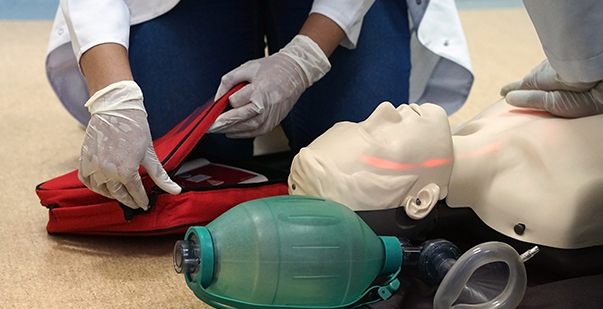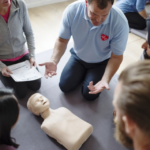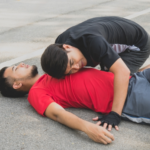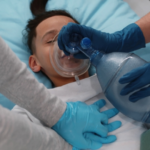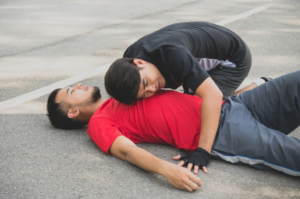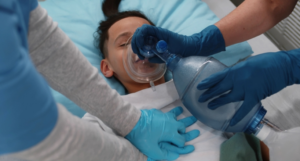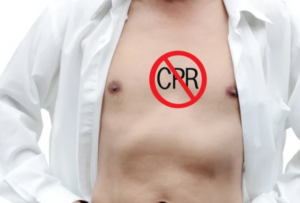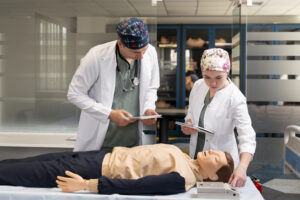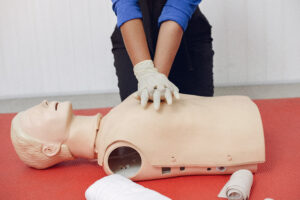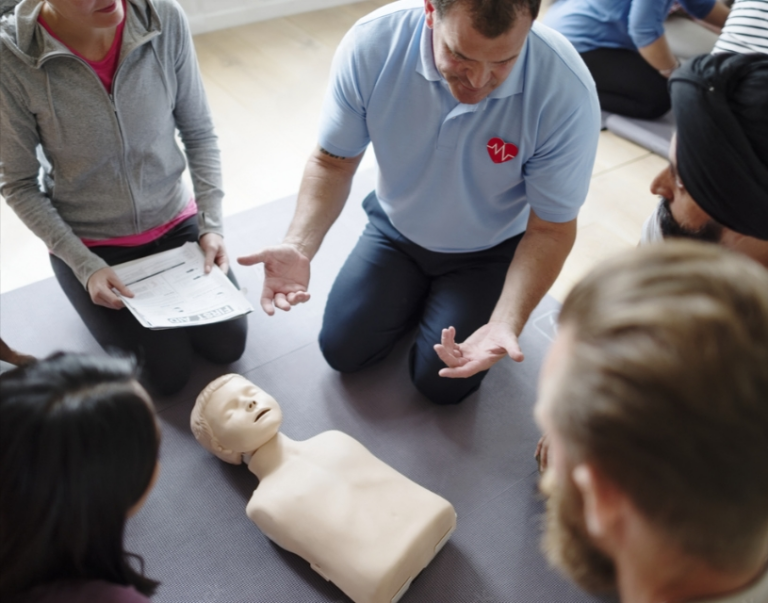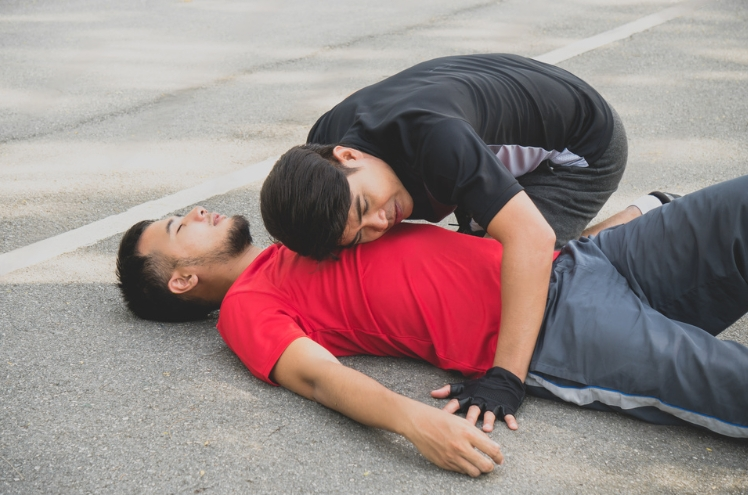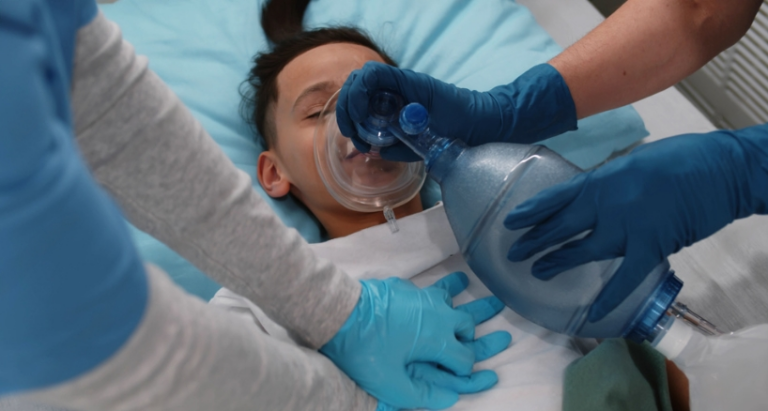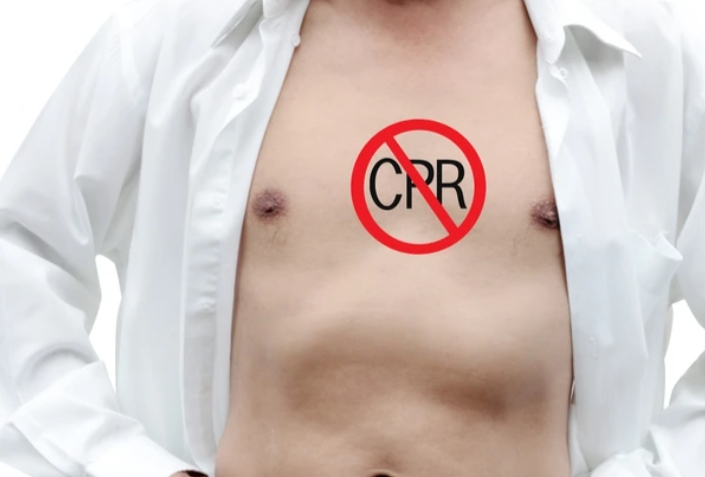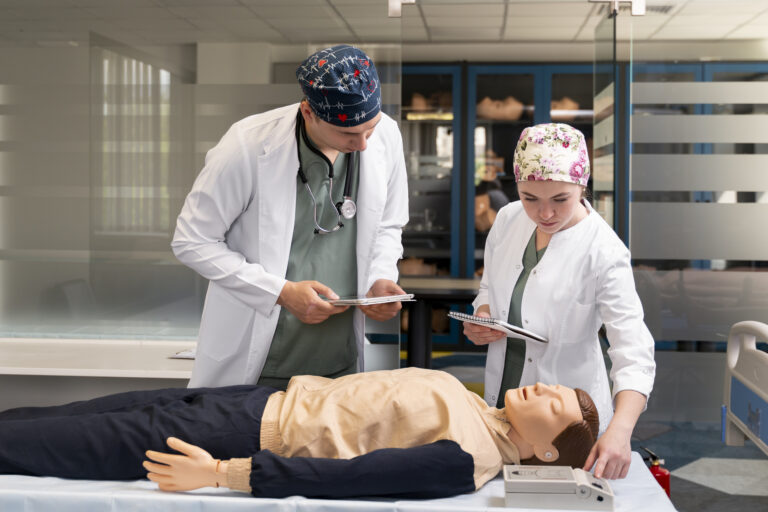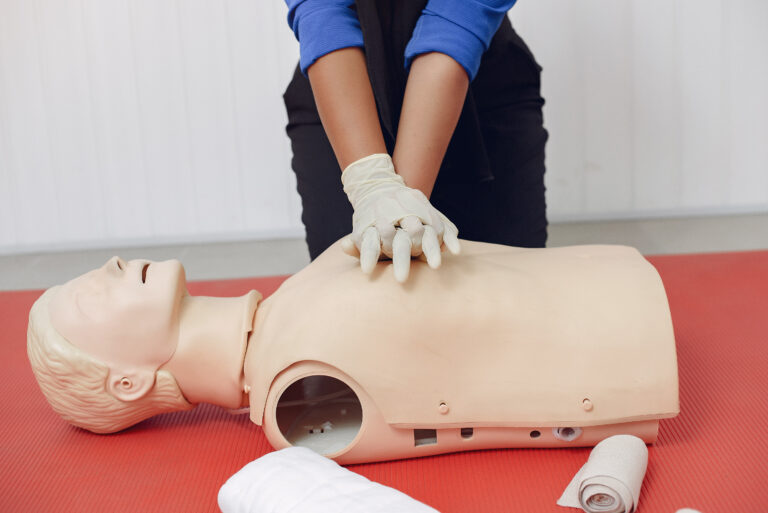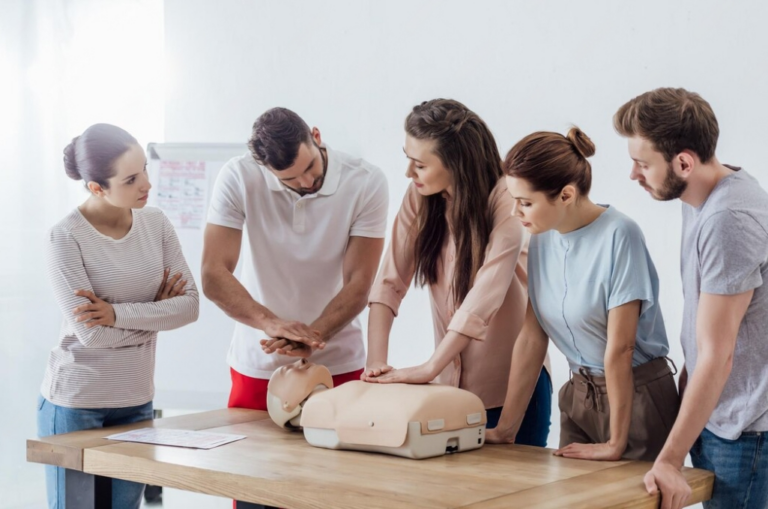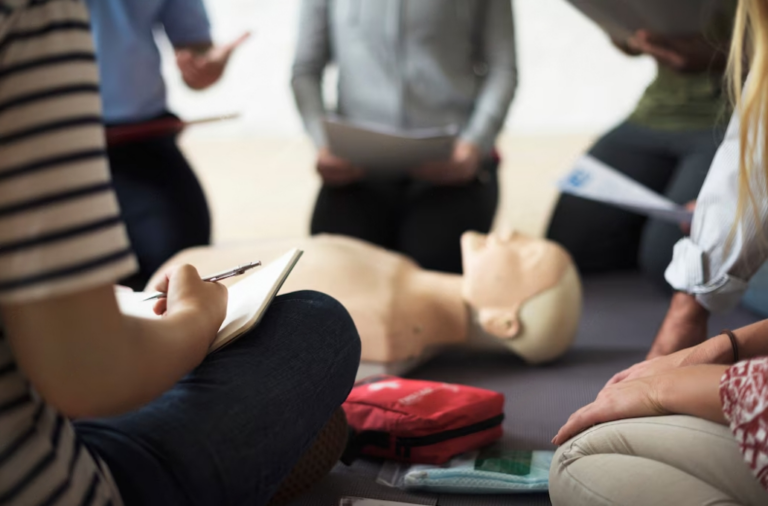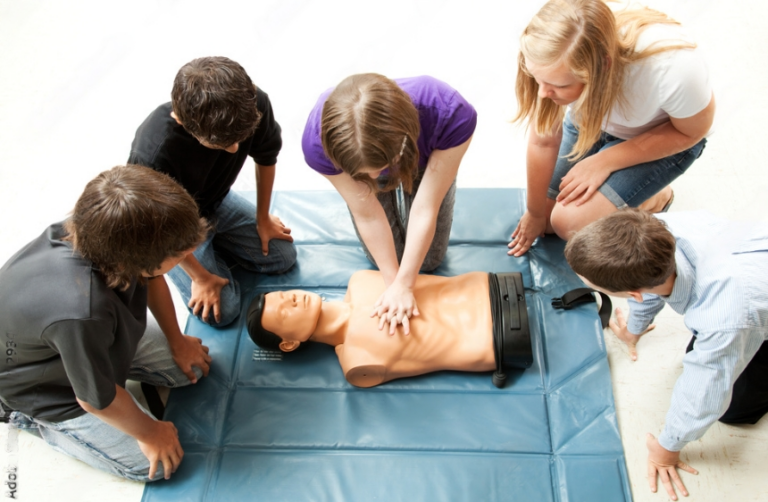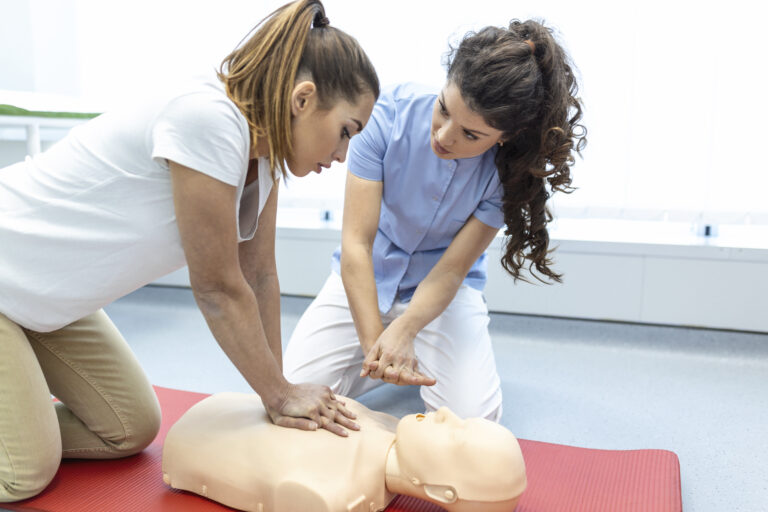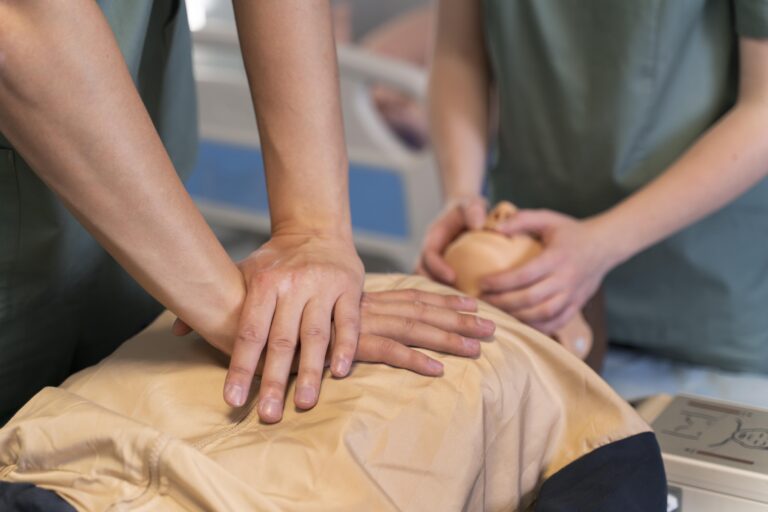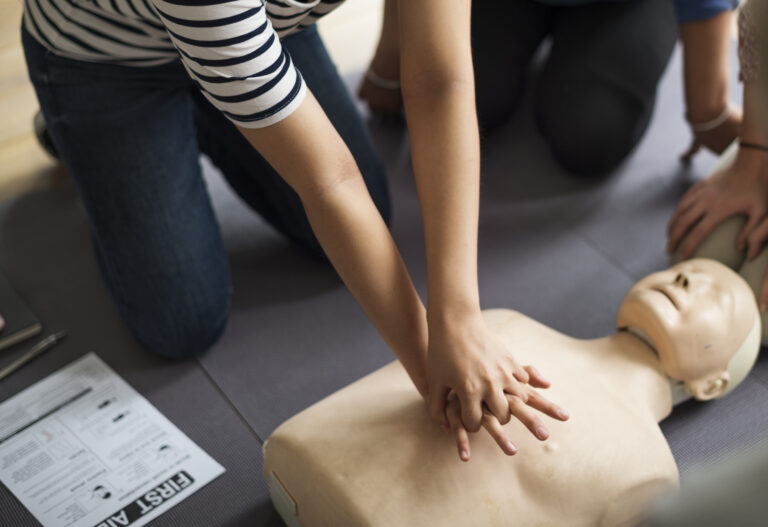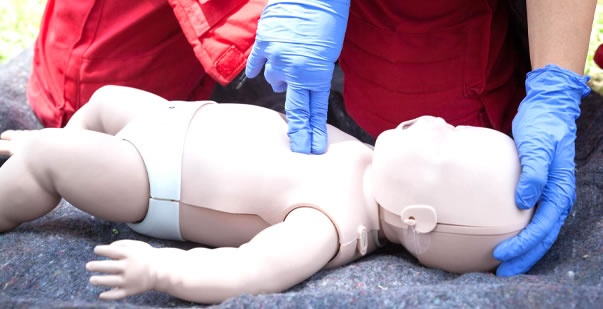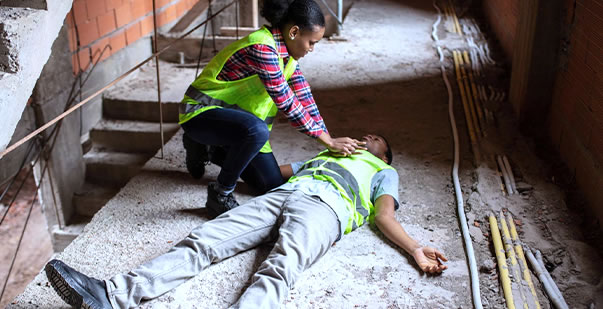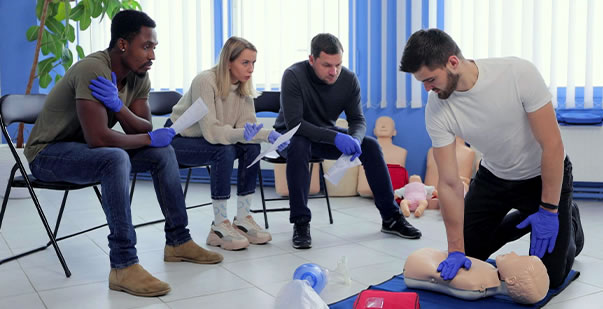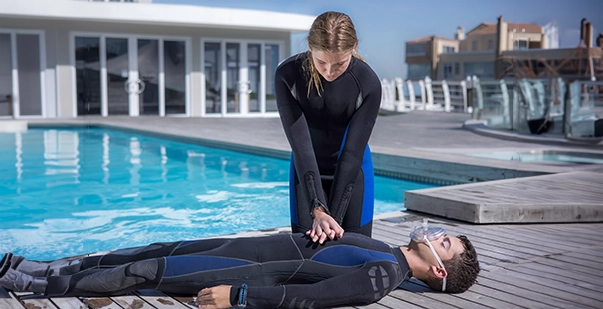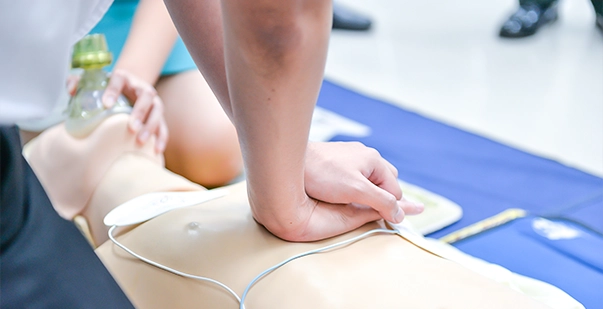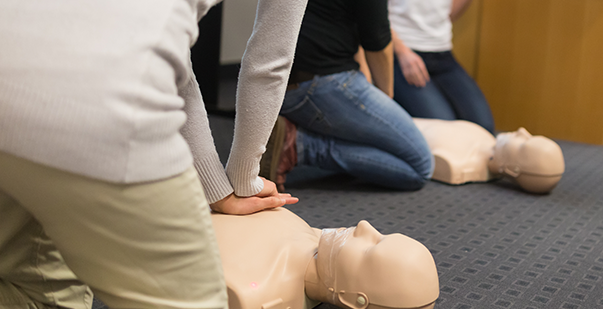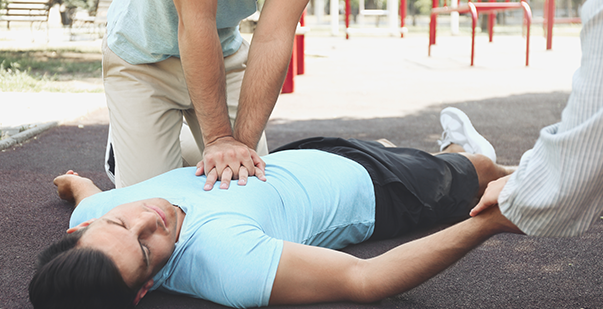Basic Life Support (BLS) is a level of medical care that can save lives in situations where someone has a life-threatening illness or injury. BLS can be provided by trained medical personnel, such as paramedics, nurses, and doctors, or by qualified bystanders who have learned how to perform CPR and use an AED. BLS can keep the patient alive until they can receive more advanced care.
American HealthCare Academy for the Best Online BLS Course
If you want to learn BLS, you can take an online course from any certification provider on our website CPR Care Near Me. However, the American HealthCare Academy beats the competition. It stands out as one of the best BLS CPR online certification providers. Their course will teach you the skills and provide the knowledge you need to perform high-quality CPR, use an AED, and help someone who is choking. You will also learn about the most critical part of this course – Chain of Survival. It is a series of steps that can improve the chances of survival for cardiac arrest victims. The course is based on the latest regulations and is nationally accepted.
Explain the Basic Life Support Certification
Basic Life Support (BLS) certification is a special kind of life support training. It teaches people how to help someone who is having a medical emergency when their life is in danger. It is designed to provide the basic skills and knowledge needed to save lives in critical situations.
During BLS training, you will learn how to recognize if someone is not breathing or their heart has stopped. You will learn how to perform cardiopulmonary resuscitation (CPR), which involves pushing on the chest in a specific way to pump blood to the person’s vital organs. CPR helps to keep the person alive until professional medical help arrives.
In addition to CPR, BLS certification also covers other important skills. You will also learn how to use an automated external defibrillator (AED) device correctly. An AED is a device that can deliver an electric shock to the heart to restore its normal rhythm in case of cardiac arrest. AEDs are simple to use. They can greatly increase the chances of survival for someone in cardiac arrest.
BLS certification training also teaches you how to help someone who is choking and cannot breathe. You will learn the correct techniques to clear their airway and allow them to breathe again.
The BLS certification course includes both theory and practical sections. The theoretical part covers the basic knowledge and understanding of emergency procedures. The practical part focuses on hands-on training and practicing the skills you have learned.
Once you complete the BLS certification course, you will receive a certification card that shows you are trained in basic life support. This certification stands valid for two years. After two years, you will need to renew it by taking a refresher course.
Having a BLS certification is valuable. It equips you with the skills and confidence to respond effectively in emergencies. It is often required or preferred for various professions. For example, healthcare providers, lifeguards, firefighters, and other first responders.
Remember, BLS certification is not meant to replace professional medical care. Its purpose is to provide immediate help and support until medical professionals can take over. By learning and practicing these life-saving techniques, you can make a significant difference in someone’s life when they need it the most.
What are the 5 Basic Elements of BLS Certification?
The 5 basic elements of BLS certification are:
- Chest compressions: These are rhythmic pushes on the center of the chest that help pump blood to the vital organs.
- Ventilations: These are breaths given to the patient through a mouth-to-mouth or mouth-to-mask technique or using a bag-valve-mask device.
- AED: This is a device that can analyze the heart rhythm and deliver an electric shock if needed to restore a normal heartbeat.
- Choking relief: This is a technique that involves giving back blows and abdominal thrusts to dislodge an object from the airway.
- Teamwork: This is the ability to work effectively with other rescuers and communicate clearly during an emergency.
Who Should Take a BLS Certification?
BLS certification is recommended for anyone who works in a healthcare setting or who may encounter a medical emergency in their daily life. Some examples of people who should take a BLS certification are:
- Healthcare professionals, such as doctors, nurses, dentists, pharmacists, and physical therapists
- First responders, such as lifeguards, firefighters, and police officers
- Teachers, coaches, and childcare workers
- Family members and caregivers of people with heart disease or other chronic conditions
- Anyone who wants to learn and be prepared to save lives
Conclusion
BLS is a vital skill that can make a difference between life and death for someone who suffers a cardiac arrest or another life-threatening condition. By taking an online or classroom BLS course you will learn how to provide BLS simply and conveniently. You will also earn a BLS certification that will prove your competence and enhance your resume. Enroll today and upskill yourself.

